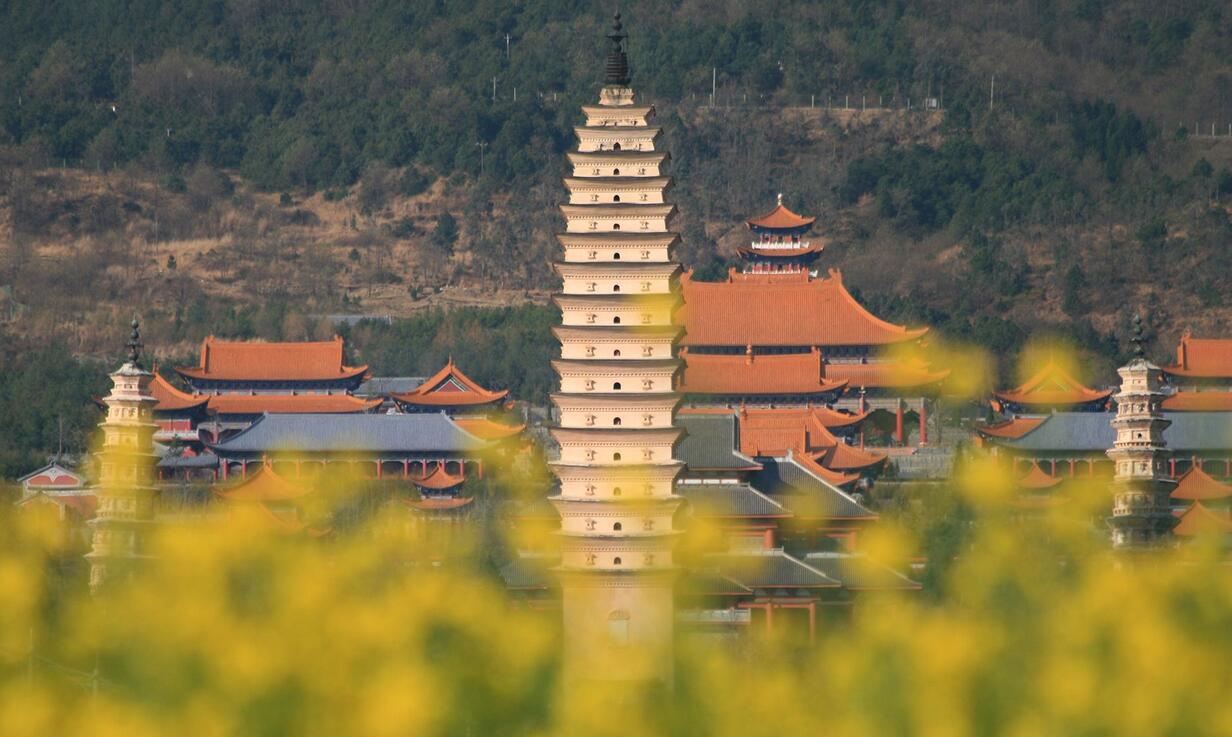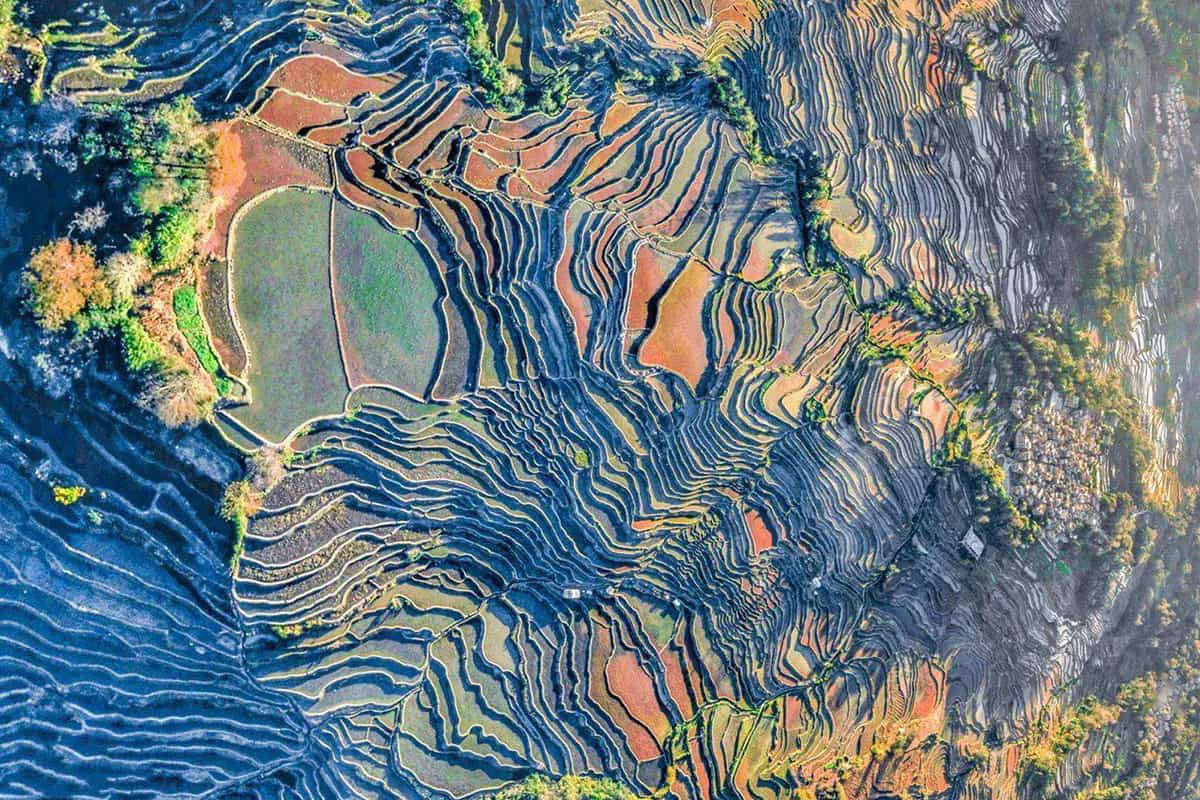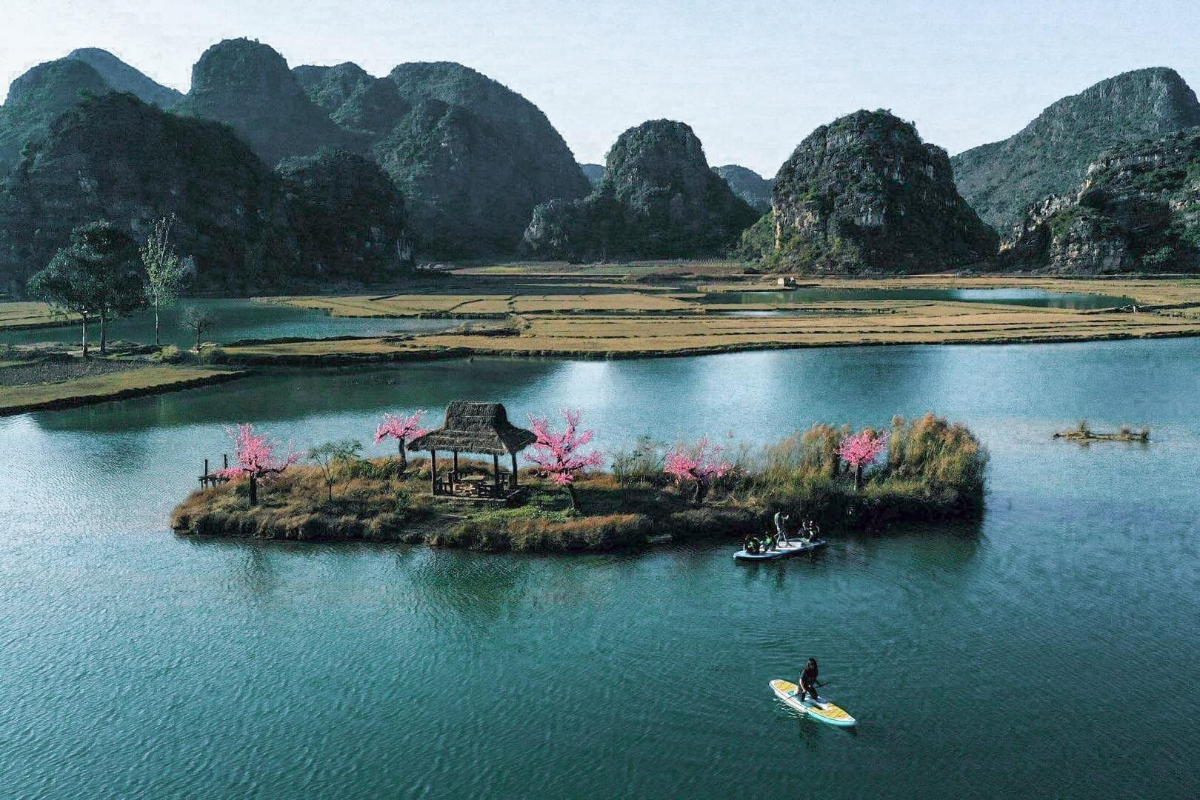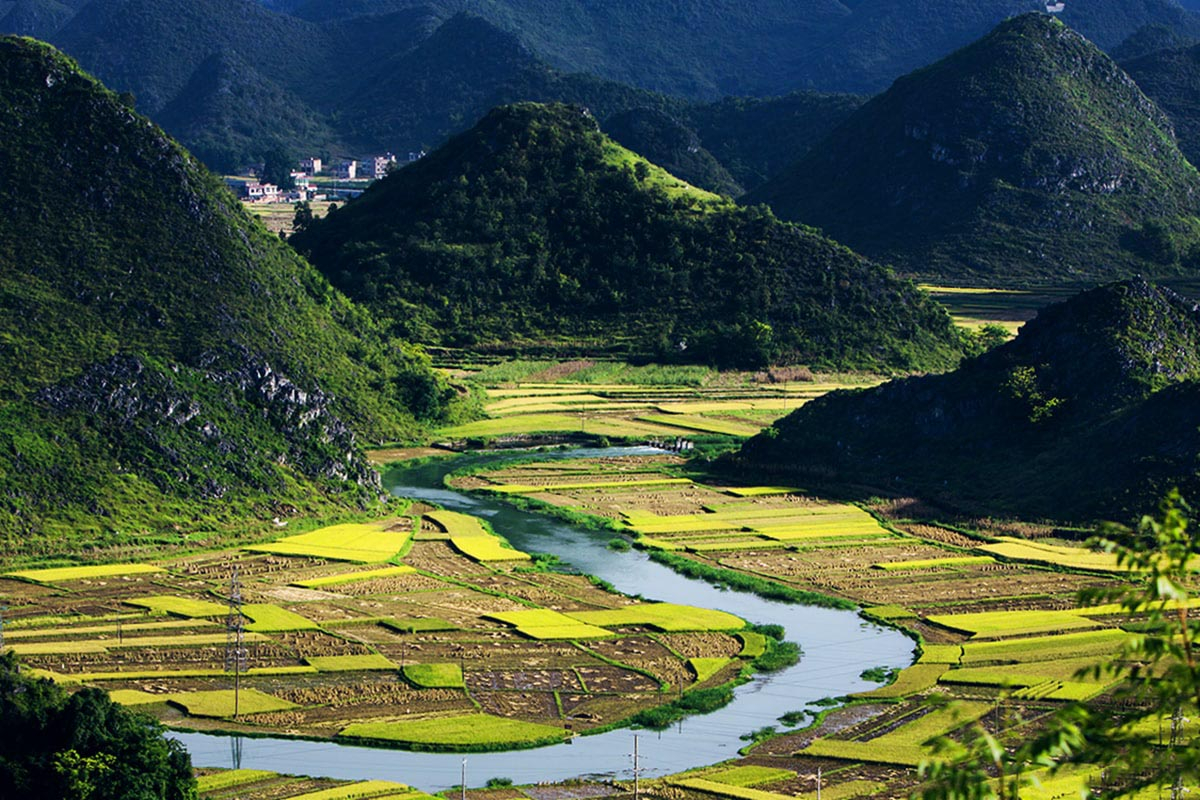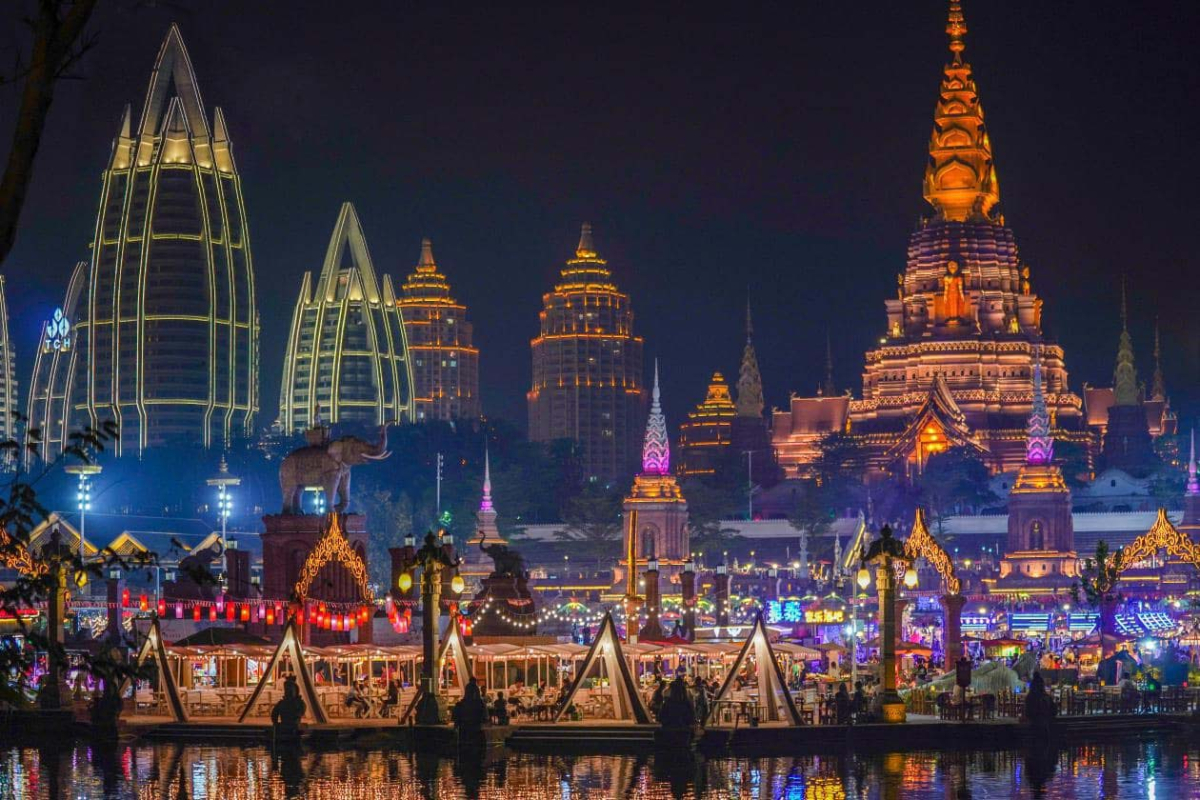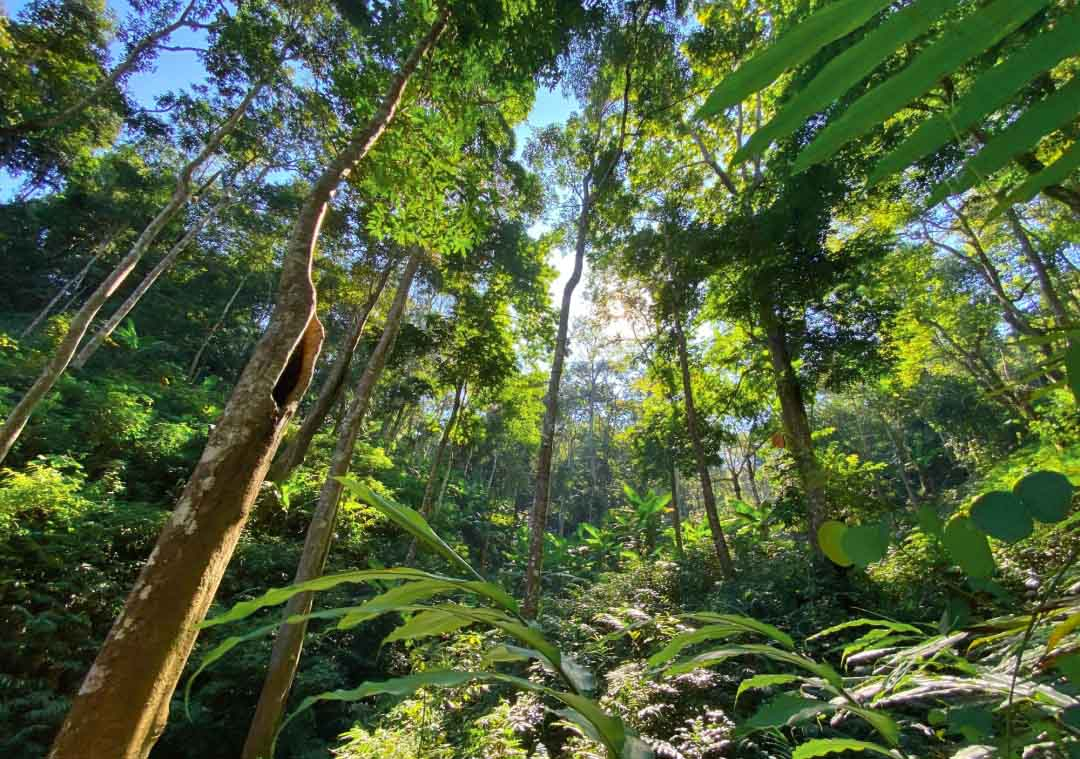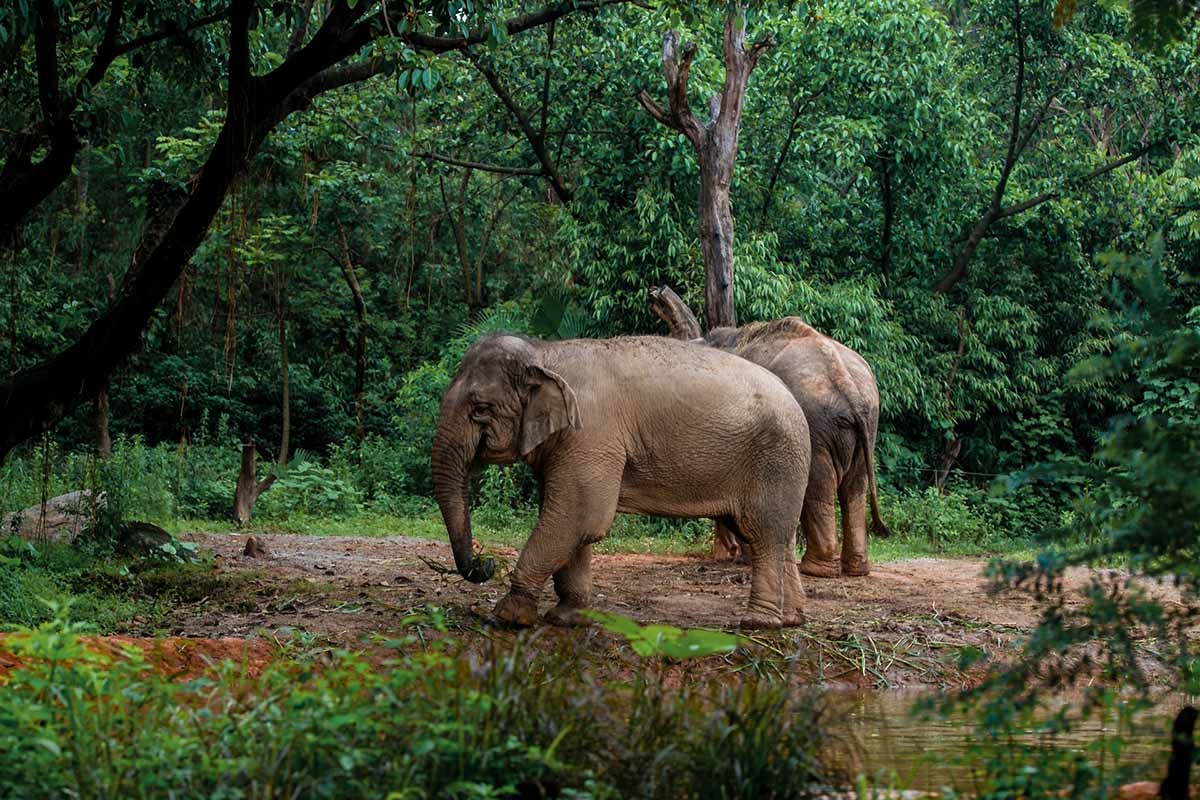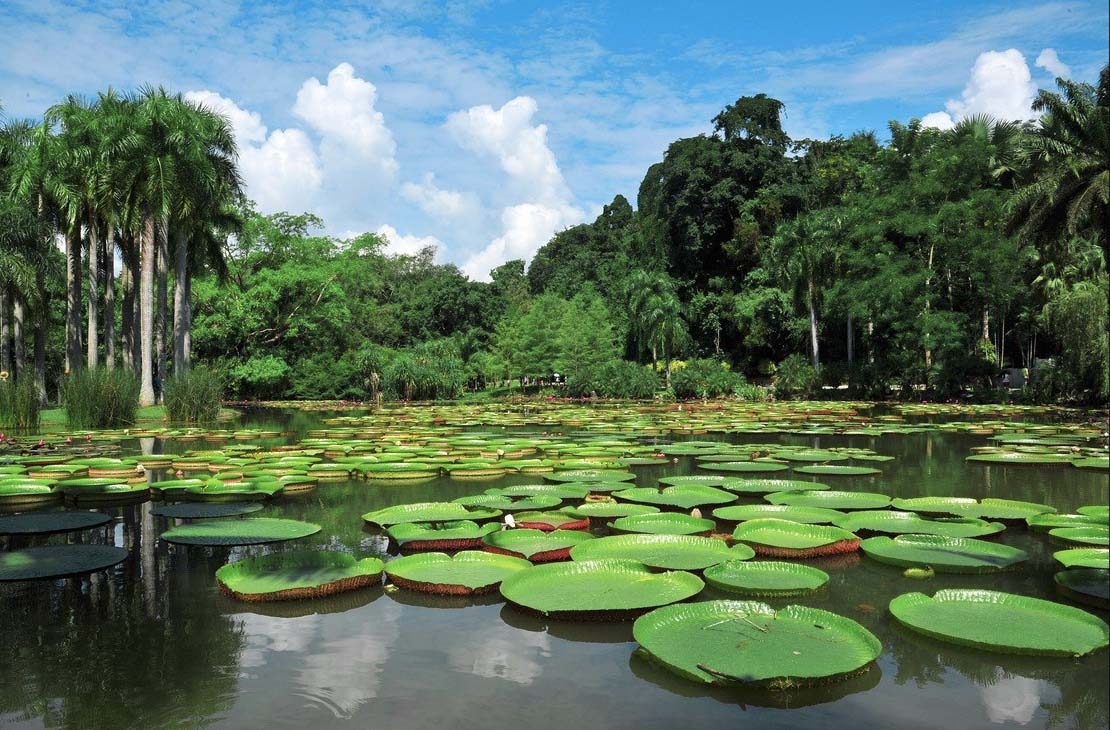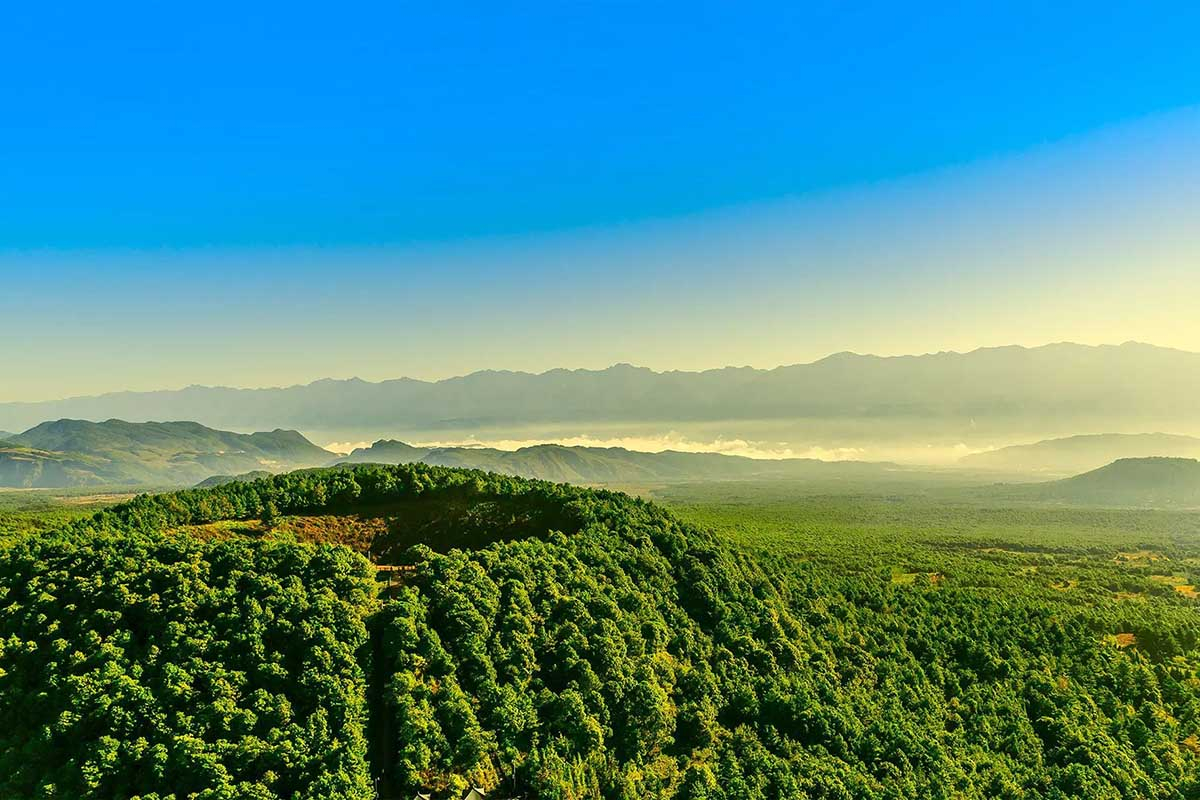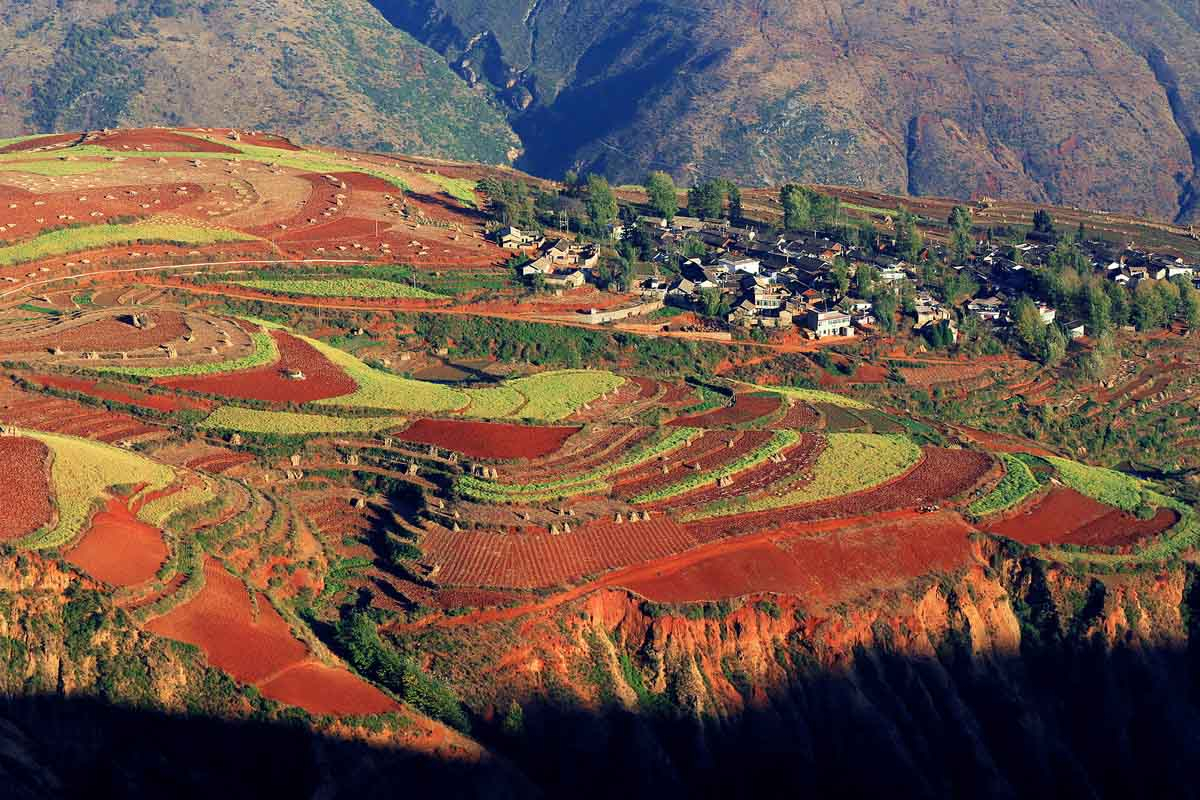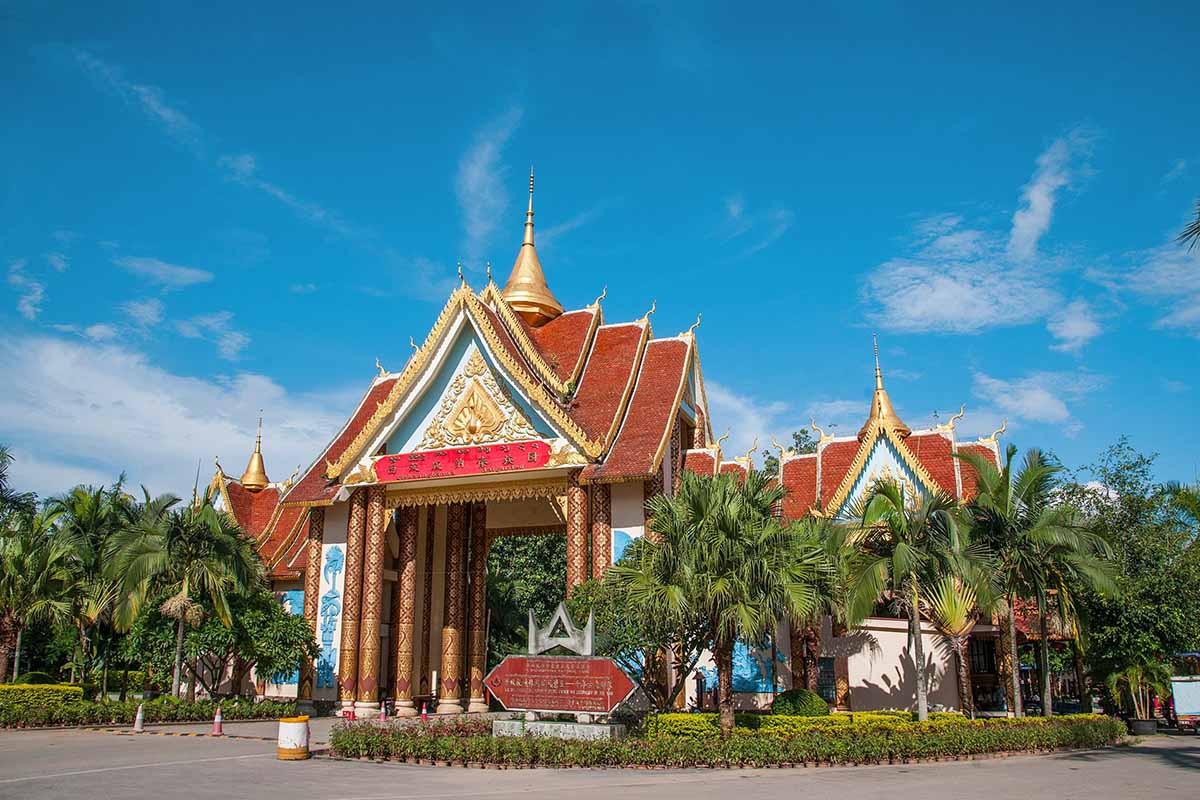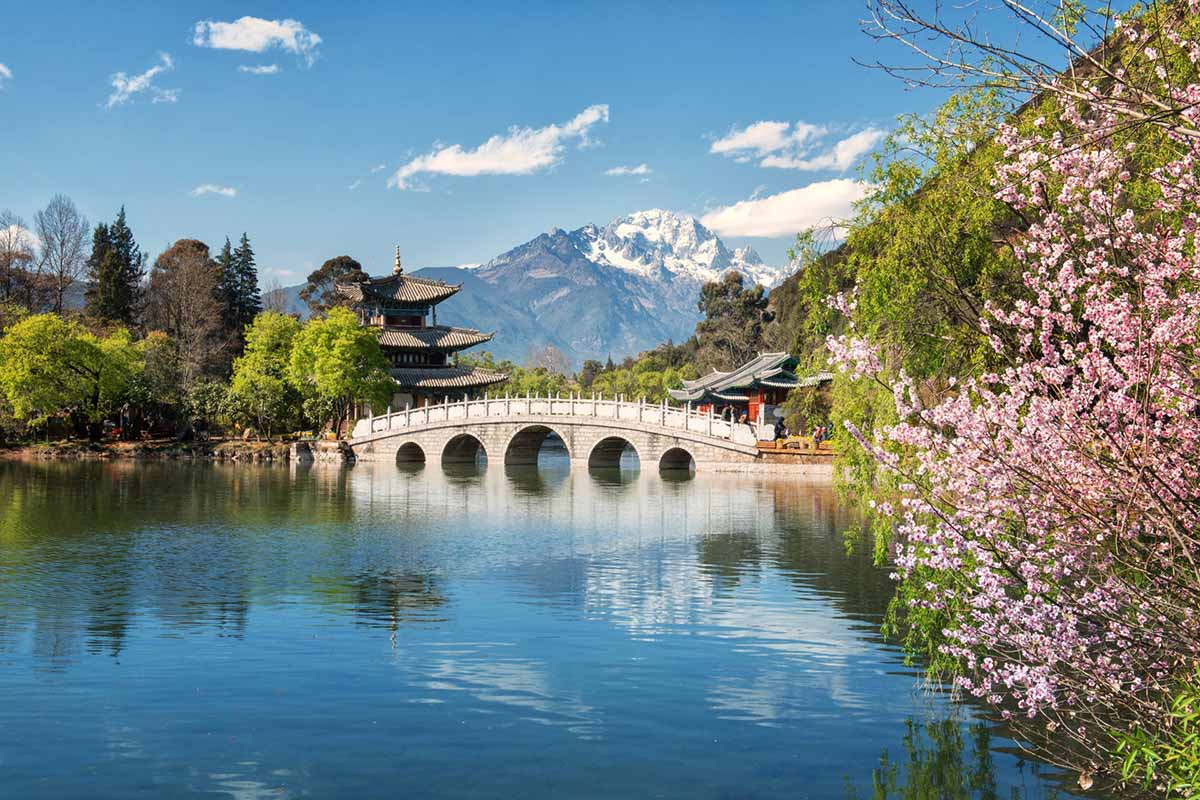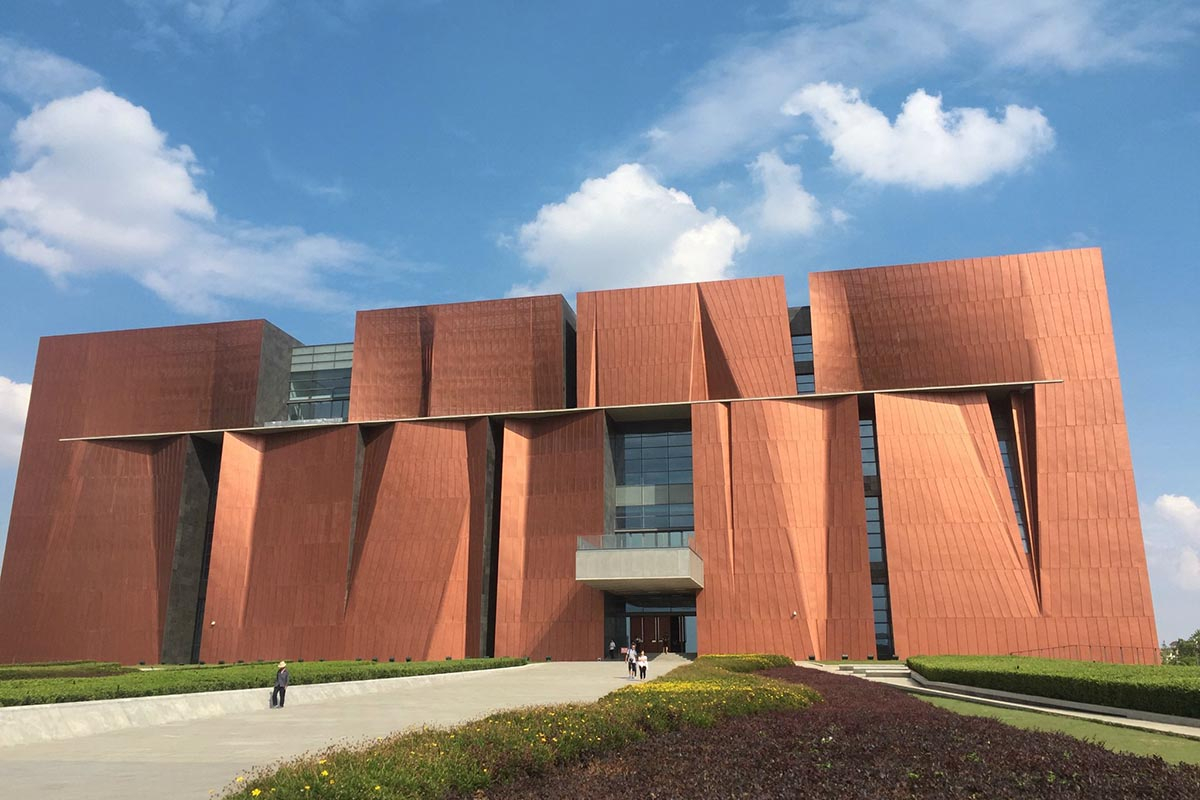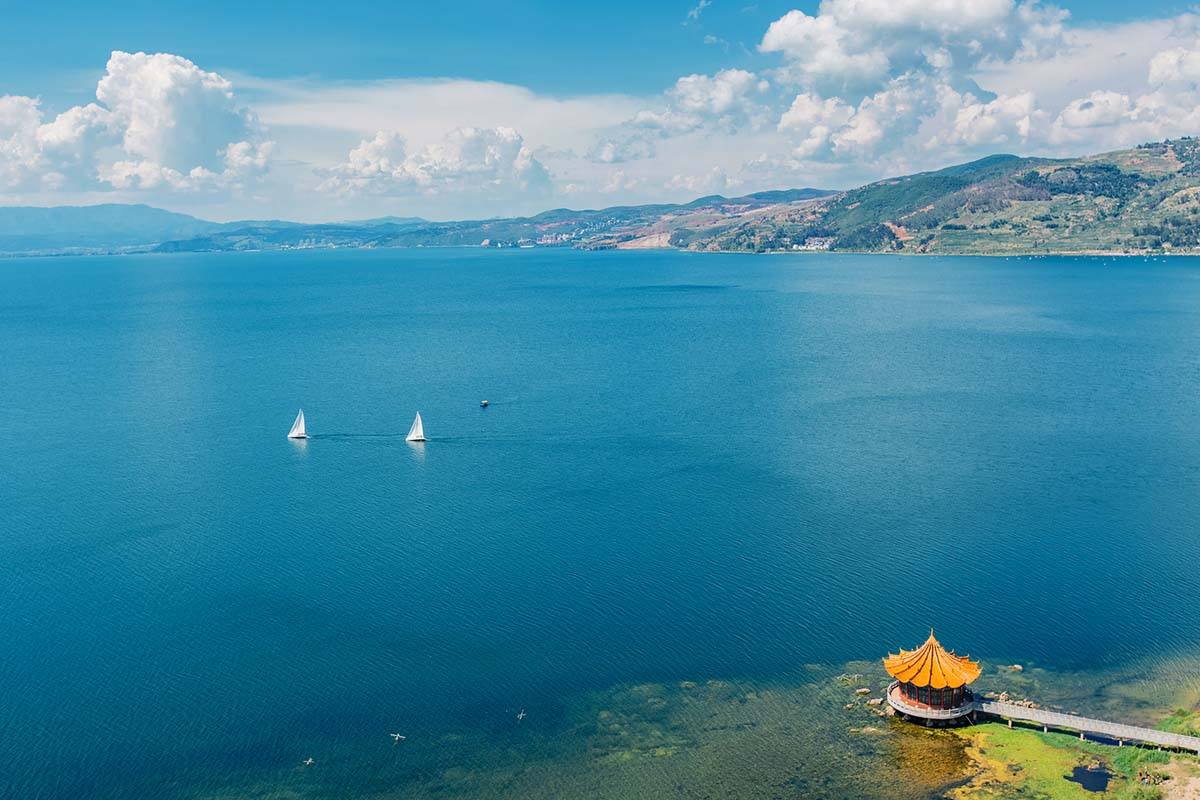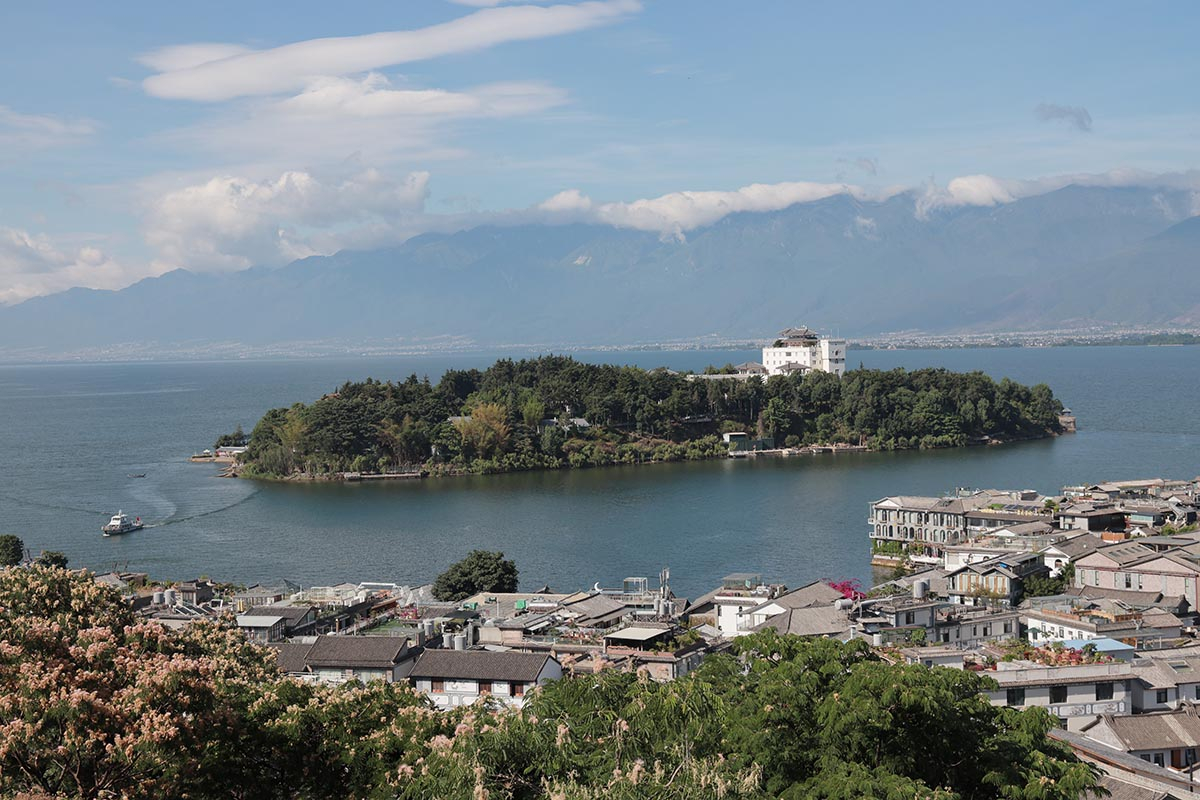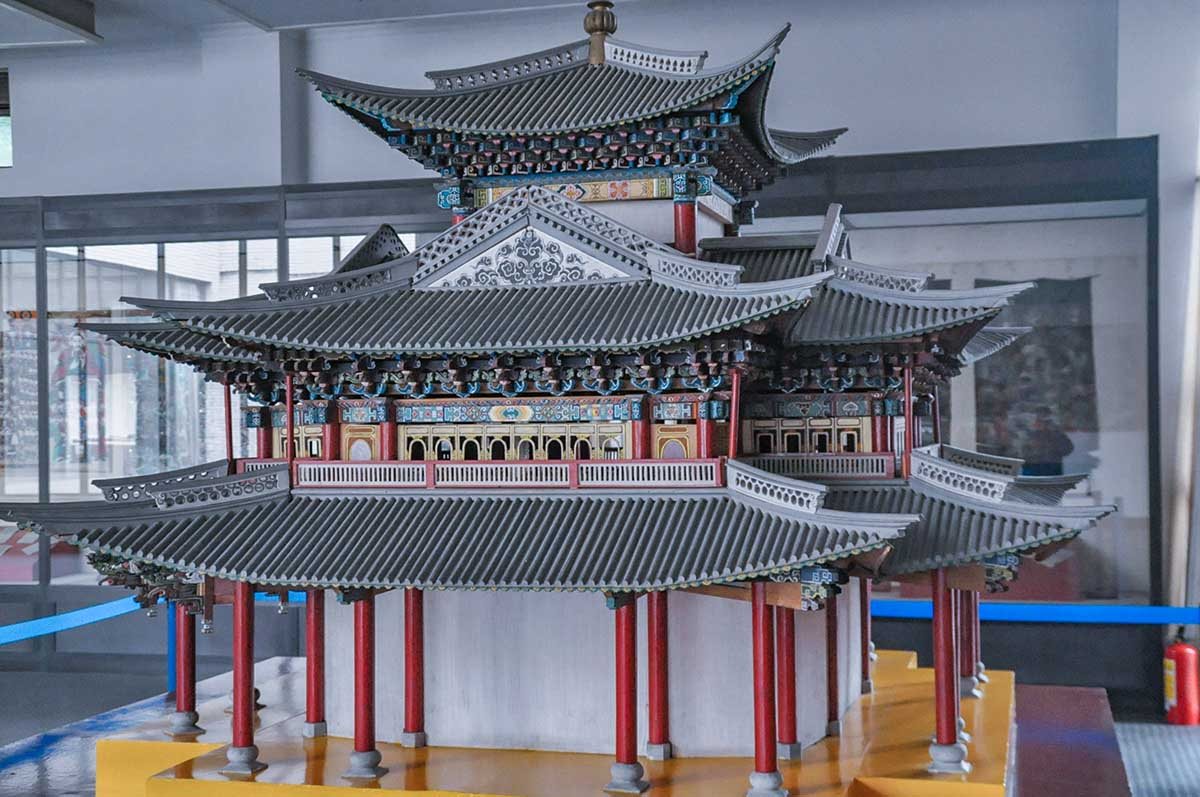Chongsheng Temple Three Pagodas
Chinese name: 崇圣寺三塔 (Chong Sheng Si San Ta)
Location: Northwest of Dali City, Yunnan Province.
Ticket: Entrance ticket CNY75.00, electric cart CNY35.00
Estimated tour time: 1-2 hours
Recommended time to visit: All year round.
Nearby attractions: Dali Ancient Town, Erhai Lake, Mount Cangshan, Butterfly Spring, Nanzhao Island of Folk Culture, Xizhou Ancient Town, etc.
The Three Pagodas of the Chongsheng Temple are located about 1.5 km (0.93 mi) north of Dali old town. They are at the east foot of the tenth peak of the massive Cangshan Mountains and face the west shore of the Erhai Lake of ancient Dali.
The Three Pagodas are an ensemble of three independent pagodas arranged on the corners of an equilateral triangle, near the old town of Dali, Yunnan province, China, dating from the time of the Kingdom of Nanzhao and Kingdom of Dali in the 9th and 10th centuries.
The Three Pagodas are made of brick and covered with white mud. As its name implies, the Three Pagodas comprise three independent pagodas forming a symmetric triangle. The elegant, balanced and stately style is unique in China's ancient Buddhist architectures, which makes it a must-see in the tour of Dali. The Three Pagodas, visible from miles away, has been a landmark of Dali City and selected as a national treasure meriting preservation in China.
A lake is located behind the pagodas. Named Reflection Pond, the pond is known to be able to reflect images of the Three Pagodas.It got its name from the graceful clear reflections on the water of the Three Pagodas of Chongsheng Temple. The authentic Three Pagodas and the reflections create a terrific picture together, which has been a famous tourist shoot site, a symbol of natural beauty as well as cultural landscape of Dali, and a popular background on numerous magazines, stamps and postcards.
The main pagoda, known as Qianxun Pagoda reportedly built during 823-840 CE by king Quan Fengyou (劝丰佑) of the Kingdom of Nanzhao, is 69.6 meters high and is one of the tallest pagodas in China's history. The central pagoda is square shaped and composed of sixteen stories; each story has multiple tiers of upturned eaves. There is a carved shrine containing a white marble sitting Buddha statue at the center of each façade of every story. The body of the pagoda is hollow from the first to the eighth story, surrounded with 3.3 meters thick walls. In 1978, more than 700 Buddhist antiques, including sculptures made of gold, silver, wood or crystal and documents, were found in the body during a major repairing work. The designers of the pagoda are supposed to have come from Chang'an (present-day Xi’an), the capital of Tang Dynasty at that time and the location of another pagoda, Small Wild Goose Pagoda, which shares the similar style but is one hundred years older.
The other two sibling pagodas, built about one hundred years later, stand to the northwest and southwest of Qianxun Pagoda. They are 42.19 meters high. Different from Qianxun Pagoda, they are solid and octagonal with ten stories. The center of each side of every story is decorated with a shrine containing a Buddha statue.
To reproduce the ancient view that pagodas and the temple are shining together, a new Chongsheng Temple was reconstructed in April, 2005 around the Three Pagodas. Occupying 40 hectares, the temple is a modeled ancient architecture complex which is designed according to three axes, with the essence of all characteristics of past dynasties from Tang Dynasty to Qing Dynasty.
- HOTEST
- RECOMMEND
